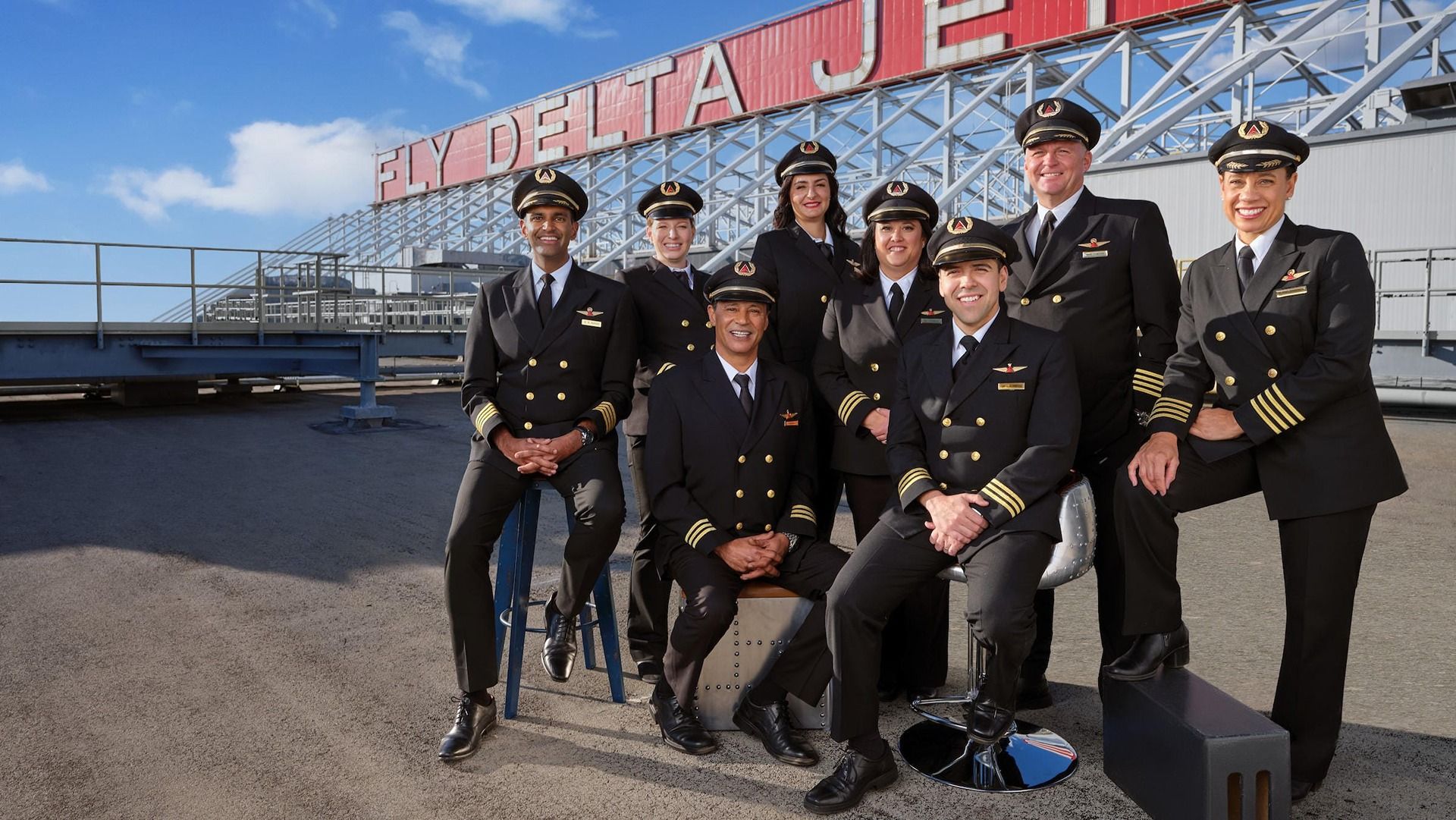World
Airline Pilot Salaries Soar in the US: What to Expect in 2025

Pilot salaries in the United States are projected to see significant increases by March 2025, with figures ranging from approximately $50,000 for entry-level positions to over $300,000 for highly experienced pilots. The most lucrative opportunities are found with major carriers such as American Airlines, United Airlines, and Delta Air Lines. Cargo pilots working for companies like FedEx and UPS can also expect competitive salaries, similar to those of pilots at budget airlines such as Southwest Airlines and Spirit Airlines.
The disparity in pay is most significant among regional airlines, where newly qualified pilots typically begin their careers as they work towards obtaining higher certifications to qualify for positions at larger carriers. Aspiring pilots often face substantial training costs, which can lead to challenging financial circumstances early in their careers.
A critical factor affecting the aviation industry is the ongoing shortage of airline pilots in the US. This shortage has been exacerbated by difficulties in military recruitment, which has reduced the number of transitioning pilots. Despite these challenges, a career in aviation offers potential for high earnings and robust benefits, making it an attractive option for many.
A Closer Look at Pilot Compensation
According to the Bureau of Labor Statistics, the average annual salary for a commercial pilot in 2024 was around $122,670, while the median yearly salary for airline pilots, co-pilots, and flight engineers reached approximately $226,600. Pilots typically start as first officers, and as they gain seniority and experience, they can advance to captain positions with significantly higher compensation and benefits.
Many airlines offer additional financial rewards for international flights, and pilots can also receive per diem allowances when away from home. It is common for pilots to work an average of 75 hours in the air each month, while dedicating another 150 hours to tasks such as flight planning and weather monitoring.
Federal regulations govern the maximum hours pilots can work and the required rest periods between flights. The nature of the job often leads pilots to spend multiple nights away from home, requiring airlines to provide accommodations, transportation, and meal stipends during these trips.
Pathway to Becoming a Pilot
Becoming an airline pilot typically requires a bachelor’s degree, often in a STEM field, although various educational backgrounds are accepted. Many pilots undergo flight training at FAA-certified schools or through private instructors. Programs leading to an Airline Transport Pilot (ATP) certificate are essential for those seeking to fly commercially.
The Bureau of Labor Statistics provides insights into pilot salaries across different sectors. For instance, pilots in scheduled air transportation can expect to earn around $239,200, while those in courier services and nonscheduled air transportation have similar earning potential.
To acquire the necessary certifications, pilots must pass a series of knowledge tests and practical flying exams. Additionally, newly hired pilots undergo comprehensive on-the-job training, which is mandated by federal regulations. Some airlines have begun to establish in-house training programs, like Alaska Airlines‘ Ascend program, which guides candidates from initial training through to ATP certification.
Advancement in the pilot career field is largely based on a seniority system, varying by airline and influenced by collective bargaining agreements with organizations such as the Air Line Pilots Association (ALPA). Pilots must possess strong communication, observational, and problem-solving skills to effectively manage their responsibilities, particularly during critical phases of flight such as takeoff and landing.
Training through military service offers another pathway to becoming a commercial pilot. Military pilots undergo rigorous training and can transition their flight experience to civilian credentials after completing their service obligations. Although this route is demanding and competitive, it can provide extensive flight experience and financial support for training.
As the aviation industry faces a critical shortage of pilots, airlines are actively recruiting military veterans, offering specialized transition programs to facilitate their shift to civilian aviation.
While the journey to becoming an airline pilot can be challenging, the prospect of a rewarding career with high earning potential and substantial benefits remains a strong incentive for many. The landscape for aspiring pilots is evolving, and with the right training and determination, the cockpit could be within reach.
-

 Science2 months ago
Science2 months agoToyoake City Proposes Daily Two-Hour Smartphone Use Limit
-

 Health2 months ago
Health2 months agoB.C. Review Reveals Urgent Need for Rare-Disease Drug Reforms
-

 Top Stories2 months ago
Top Stories2 months agoPedestrian Fatally Injured in Esquimalt Collision on August 14
-

 Technology2 months ago
Technology2 months agoDark Adventure Game “Bye Sweet Carole” Set for October Release
-

 World2 months ago
World2 months agoJimmy Lai’s Defense Challenges Charges Under National Security Law
-

 Technology2 months ago
Technology2 months agoKonami Revives Iconic Metal Gear Solid Delta Ahead of Release
-

 Technology2 months ago
Technology2 months agoSnapmaker U1 Color 3D Printer Redefines Speed and Sustainability
-

 Technology2 months ago
Technology2 months agoAION Folding Knife: Redefining EDC Design with Premium Materials
-

 Technology2 months ago
Technology2 months agoSolve Today’s Wordle Challenge: Hints and Answer for August 19
-

 Business2 months ago
Business2 months agoGordon Murray Automotive Unveils S1 LM and Le Mans GTR at Monterey
-

 Lifestyle2 months ago
Lifestyle2 months agoVictoria’s Pop-Up Shop Shines Light on B.C.’s Wolf Cull
-

 Technology2 months ago
Technology2 months agoApple Expands Self-Service Repair Program to Canada









